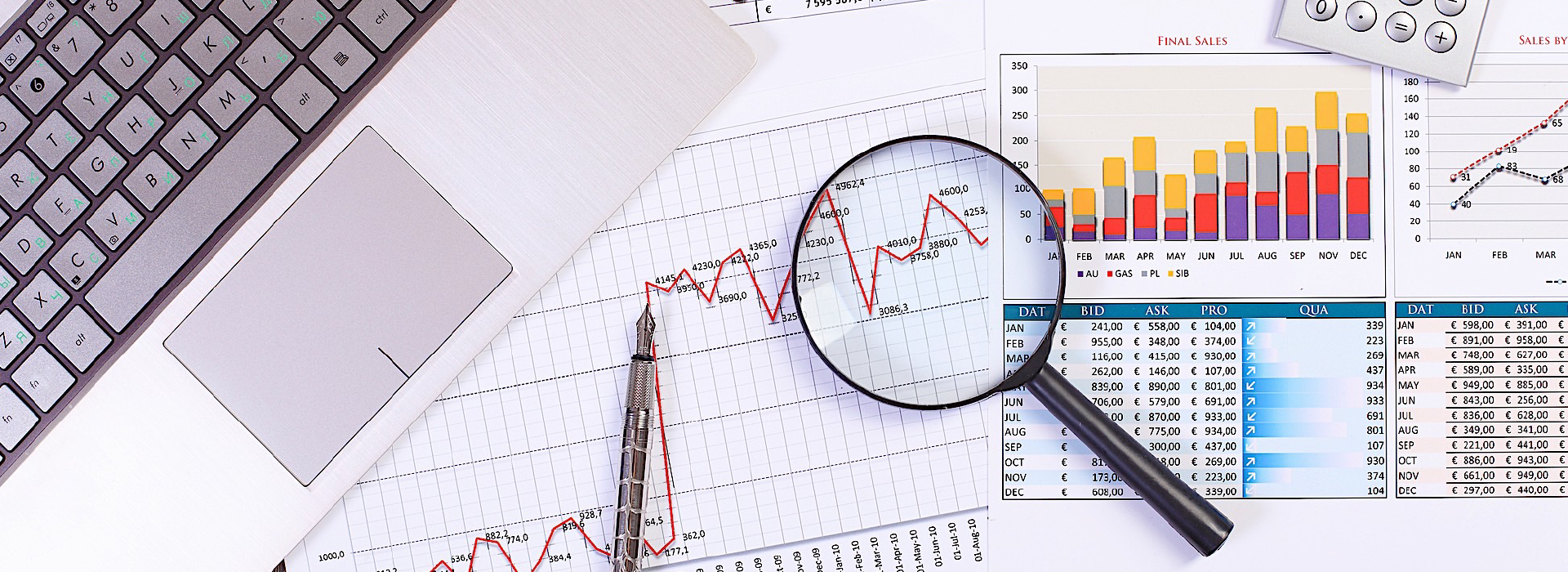Malaysian Institute of Accountants (MIA) has published Recommended Practice Guides 7 (RPG 7) to all auditors in Year 1994 regarding audit fee calculation. It has been revised several times and subsequently withdraw on 1 June 2015. This recommended practice guide sets out the basis for establishing a reasonable level of remuneration, commensurate with the provision of professional assurance services of an acceptable and recognized standard. There are two bases for computation of fee:
a) Time-based
Time management is essential in ensuring efficiency in audit performance while time recording is an integral part of the documentary evidence of work performed.
Time charge shall be reflective of time spent by the partner and staff in terms of the quality and level of competence required to meet the auditing standards with reference to the size, complexity and technical input expected of the audit assignments. A critical factor in maintaining the viability of a practice depends on good costing. The determination of charge-out rate is costing for audit practice.
In the absence of a uniform basis, charge-out rates may differ due to inadequate or over computation of the variable cost factors. MIA Council therefore recommends the basis for time charging as set out below. From past experience, cost computation based on the recommended basis will normally produce a factor of about 3 (three) times the direct labour cost.
b) Value-based
Audit fees shall generally be based upon the degree of responsibility, risk and skill involved and the time necessarily occupied on the work.
Past empirical studies carried out by MIA have shown a proportionate correlation between audit fees charged, based on time charge, and the value of total assets or gross turnover or operating expenditure. Therefore, for consistency and harmonisation of the fee levels, MIA Council recommends that it is appropriate to determine audit fees using the Total Assets or Gross Turnover as shown in the financial statements and multiplying it with the coefficient percentages as shown in the coefficient percentage table (as shown below)
(i) Gross Turnover or Total Assets Basis
| Total Assets or Gross Turnover for every ringgit of | Cumulative Ringgit (RM) | Rate (%) | Fees (RM) | Cumulative Fees (RM) |
|---|---|---|---|---|
| The first 100,000 | 100,000 | 1.000% | 1,000 | 1,000 |
| The next 150,000 | 250,000 | 0.438% | 657 | 1,657 |
| The next 250,000 | 500,000 | 0.313% | 783 | 2,440 |
| The next 500,000 | 1,000,000 | 0.188% | 940 | 3,380 |
| The next 1,500,000 | 2,500,000 | 0.125% | 1,875 | 5,255 |
| The next 2,500,000 | 5,000,000 | 0.100% | 2,500 | 7,755 |
| The next 5,000,000 | 10,000,000 | 0.094% | 4,700 | 12,455 |
| 10,000,000 to 20,000,000 | 1,000 for every RM1,000,000 increase of a fraction there of up to RM20,000,000 |
|||
| Above 20,000,000 | Negotiable (but should not be less than RM20,000 per assignment) |
The choice of Gross Turnover or Total Assets as the basis must be relevant and reflects closely to the time charge. Only where it is not appropriate to use Total Assets or Gross Turnover, we may adopt Total Operating Expenditure basis which must be relevant and reflect closely on time charge.
(ii) Total Operating Expenditure Basis
| Total Operating Expenditure for every ringgit of | Cumulative Ringgit (RM) | Rate (%) | Fees (RM) | Cumulative Fees (RM) |
|---|---|---|---|---|
| The first 50,000 | 50,000 | 2.500% | 1,250 | 1,250 |
| The next 150,000 | 200,000 | 1.250% | 1,875 | 3,125 |
| The next 800,000 | 1,000,000 | 0.625% | 5,000 | 8,125 |
| The next 1,000,000 | 2,000,000 | 0.250% | 2,500 | 10,625 |
| Above 2,000,000 | 0.125% |


 (201706002678 & AF 002133)
(201706002678 & AF 002133)